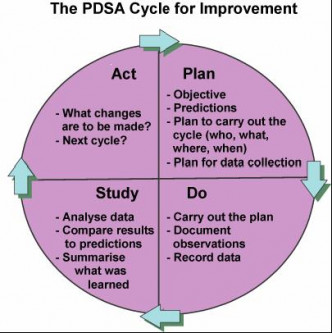Quality Improvement Tools Pdsa Template


What makes TestRail stand out among Quality Assurance tools: TestRail provides a comprehensive solution to organize your test cases, execute tests, collect results, and coordinate testing efforts among your QA team. With the intuitive user interface testers will be productive right away. Because TestRail is a web-based QA tool, there is nothing to install for members of your testing team. This makes it really easy to try TestRail in your group and will also ensure a frictionless rollout later on should you decide to stay with it. With the integrated task lists and time tracking module, you can distribute work evenly across your QA team.
Bluetooth Serial Connection Matlab Simulink. Plan, Do, Study, Act (PDSA) Model. Quality Improvement Process. The Model for Improvement, developed by Associates in. Process Improvement, is a simple yet powerful tool for accelerating improvement. It has been used successfully by many health care organizations to improve health care processes and outcomes.
TestRail also lets you automatically project past estimates and actual time spent into the future to predict workload more accurately – a unique feature among Quality Assurance tools. Project dashboards and email notifications keep you informed throughout your testing. All activities and test results are archived so that you always have a detailed history available for your reference. See for yourself and try TestRail today! Visitors use the following phrases to find this page: qa tools, quality assurance tools.
The Plan-Do-Study-Act (PDSA) cycle is part of the Institute for Healthcare Improvement Model for Improvement, a simple yet powerful tool for accelerating quality improvement. Once a team has set an aim, established its membership, and developed measures to determine whether a change leads to an improvement, the next step is to test a change in the real work setting. The PDSA cycle is shorthand for testing a change—by planning it, trying it, observing the results, and acting on what is learned. This is the scientific method, used for action-oriented learning. The steps in the PDSA cycle are: • Step 1: Plan—Plan the test or observation, including a plan for collecting data • Step 2: Do—Try out the test on a small scale • Step 3: Study—Set aside time to analyze the data and study the results • Step 4: Act—Refine the change, based on what was learned from the test The site also includes: • Linking tests of change • Testing multiple changes • Tips for testing changes • Example of a test of change • PDSA worksheet • Project planning form.